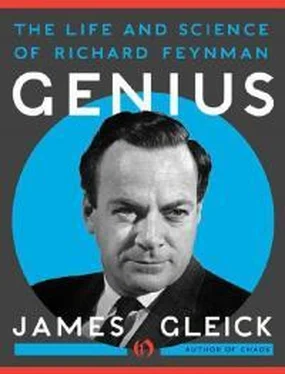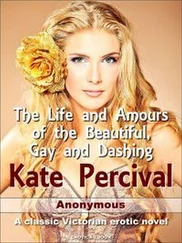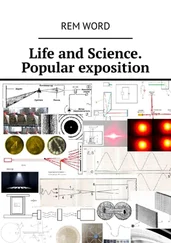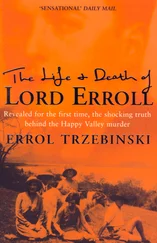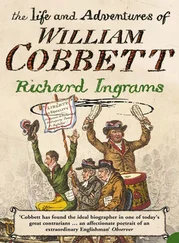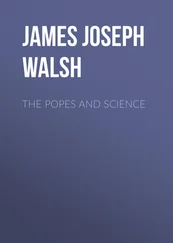They were autonomous and enterprising in play, roaming far from their parents’ immediate oversight, riding their bicycles without accounting for their whereabouts. They could wander through fields on the way to the shore, and then they could rent boats and row them up and down the protected inlets. Richard walked to the library and, sitting on the stone steps, watched people go by in al directions.
Distant as New York seemed, he felt bound enough to the great city to look down on the outsiders living a few blocks away, in Cedarhurst, Long Island. But he also knew that his neighborhood was a place apart.
“When I was a child I thought we lived at the end of the world,” wrote another New Yorker, the critic Alfred Kazin; he grew up in Brownsvil e, a Brooklyn neighborhood a little poorer and almost as remote, another district of Jewish immigrants and children of immigrants occupying that unusual boundary between the urban and the rural. “There were always raw patches of unused city land al around us fil ed with ‘monument works’ where they cut and stored tombstones, as there were stil on our street farmhouses and the remains of old cobbled driveways,” he wrote
—“most of it dead land, neither country nor city… . That was the way to the ocean we always took summer evenings—
through silent streets of old broken houses whose smoky red Victorian fronts looked as if the paint had clotted like blood and had then been mixed with soot—past infinite weedy lots… .”
For Ritty Feynman the beach was best of al —the long southern strand stretching almost unbroken to the far east end of Long Island, framed by its boardwalk and summer hotels, cottages and thousands of private lockers. Far Rockaway was a summer resort with beach clubs for people from the city: the Ostend Baths, Roche’s (for a long time Richard thought this was named after the insect), the Arnold. There were wooden pavilions and changing rooms for rent by the season, with shiny locks and keys. For the
local children, though, the beach served its purpose the year round. They splashed in the light surf, attenuated by a long breakwater pale beneath the waves. At the height of the summer’s crowds the pink and green of bathing suits dotted the sand like gumdrops. It was his favorite place. He usual y rode his bicycle the four thousand feet from his house (a distance that expanded in his later memory to two miles). He went with friends or alone. The sky was larger there than anywhere else in the city’s confines; the ocean tempted his imagination as it does any child’s. Al those waves, al that space, the boats crawling like apparitions along the horizon toward New York Harbor, Europe and Africa lying far beyond, at the end of a long uninterrupted vector curving downward below the sky. It sometimes seemed that the things near the sea were the only things that were any good.
The dome of the sky stretched upward. The arcs of the sun and moon crossed directly ahead, rising and fal ing with the season. He could splash his heels in the surf and recognize a line that formed the tripartite boundary between earth, sea, and air. At night he would take his flashlight. For teenagers the beach was a site for social mixing between boys and girls; he did his best, though he sometimes felt gawky. He often swam. When he was forty-three, setting out nearly everything he knew about physics in the historic two-year undergraduate course that became The Feynman Lectures on Physics , he stood before a hal of freshmen and tried to place them mental y at the beach. “If we stand on the shore and look at the sea,” he said, “we see the
water, the waves breaking, the foam, the sloshing motion of the water, the sound, the air, the winds and the clouds, the sun and the blue sky, and light; there is sand and there are rocks of various hardness and permanence, color and texture. There are animals and seaweed, hunger and disease, and the observer on the beach; there may even be happiness and thought.” Nature was elemental there, though for Feynman elemental did not mean simple or austere. The questions he considered within the physicist’s purview—the fundamental questions—arose on the beach.
“Is the sand other than the rocks? That is, is the sand perhaps nothing but a great number of very tiny stones? Is the moon a great rock? If we understood rocks, would we also understand the sand and the moon? Is the wind a sloshing of the air analogous to the sloshing motion of the water in the sea?”
The great European migration to America was ending.
For the Jews of Russia, Eastern Europe, and Germany, for the Irish and the Italians, the first-hand and first-generation memories would now recede. The outer neighborhoods of New York flourished in the generations before World War I and then began to wane. In Far Rockaway not much changed visibly in the sixty-nine years of Feynman’s lifetime. When Feynman returned on a visit with his children a few years before his death, everything seemed shrunken and forlorn, the fields and vacant lots were gone, but it was the same beach with its boardwalk, the same high school, the same house he had wired for radio broadcasts—the house now divided, to accommodate a tenant, and not
nearly so spacious as in memory. He did not ring the bel .
The vil age’s main street, Central Avenue, seemed shabby and narrow. The population had become largely Orthodox Jewish, and Feynman was vaguely disturbed to see so many yarmulkes, or, as he actual y said, “those little hats that they wear”—meaning: I don’t care what things are called. And casual y repudiating the culture that hung as thick in the air of his childhood as the smoke of the city or the salt of the ocean.
The Judaism of Far Rockaway took in a liberal range of styles of belief, almost broad enough to encompass atheists like Richard’s father, Melvil e. It was a mostly Reform Judaism, letting go the absolutist and fundamental traditions for the sake of a gentle, ethical humanism, wel suited for fresh Americans pinning their hopes on children who might make their way into the mainstream of the New World. Some households barely honored the Sabbath. In some, like Feynman’s, Yiddish would have been a foreign language. The Feynmans belonged to the neighborhood temple. Richard went to Sunday school for a while and belonged to a Shaaray Tefila youth group that organized after-school activities. Religion remained part of the vil age’s ethical core. Families like the Feynmans, in neighborhoods al around greater New York City, produced in the first half of the twentieth century an outpouring of men and women who became successful in many fields, but especial y science. These hundred-odd square miles of the planet’s surface were disproportionately fertile in the
spawning of Nobel laureates. Many families, as Jews, were embedded in a culture that prized learning and discourse; immigrants and the children of immigrants worked to fulfil themselves through their own children, who had to be sharply conscious of their parents’ hopes and sacrifices.
They shared a sense that science, as a profession, rewarded merit. In fact, the best col eges and universities continued to raise barriers against Jewish applicants, and their science faculties remained determinedly Protestant, until after World War I . Science nevertheless offered the appearance of a level landscape, where the rules seemed mathematical and clear, free from the hidden variables of taste and class.
As a town Far">22"/> to America was ending. For the Jews of Russia, Eastern Europe, and Germany, for the Irish and the Italians, the first-hand and first-generation memories would now recede. The outer neighborhoods of New York flourished in the generations before World War I and then began to wane. In Far Rockaway not much changed visibly in the sixty-nine years of Feynman’s lifetime. When Feynman returned on a visit with his children a few years before his death, everything seemed shrunken and forlorn, the fields and vacant lots were gone, but it was the same beach with its boardwalk, the same high school, the same house he had wired for radio broadcasts—the house now divided, to accommodate a tenant, and not nearly so spacious as in memory. He did not ring the bel .
Читать дальше
